The idea of telling someone what they can or can’t do with their house feels so American to me.
As a teenager, I developed an insatiable appetite for American sitcoms and dramas, consuming everything from Frasier to Desperate Housewives, Gossip Girl to Gilmore Girls.
One of the things that fascinated me most about these portrayals of America’s urban elites and suburban middle classes was the tyrannical Homeowner’s Association.
Well, in Frasier it was the Condo Board. And in Gilmore Girls it was the Stars Hollow Town Council.
But no matter what they were called, or whether they were on Wisteria Lane or the Upper East Side, all ruled with an iron fist to stamp out any individuality when it came to people renovating and decorating their homes.
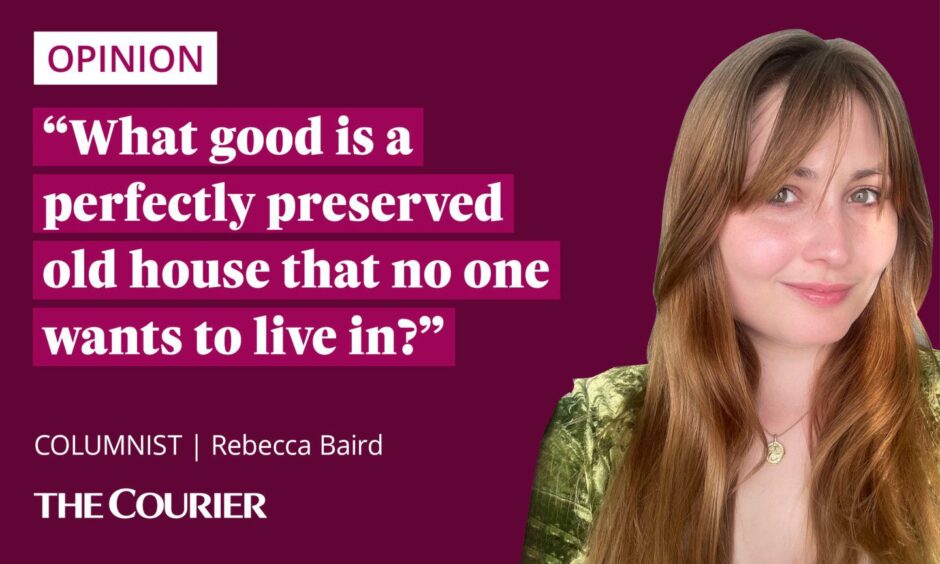
In American TV land, grass on front lawns is always clipped to a uniform 1.25 inches, wraparound porches must be restored regardless of the level of termite infestation, and God forbid someone paints a front door yellow.
Back here in the real world, on Scottish soil, I didn’t believe we’d bother with such trivialities.
Crieff windows faff was transparent waste of time
But back in the summer, the story of a Crieff man ordered to remove his virtually identical, materially-accurate windows from his B-listed farmhouse made me shake my head.
The windows were already in. They were doing their job – letting in the light and keeping out the cold.
They were wood, not PVC – even though that’s about three times as expensive and arguably less efficient – because the originals were wood.
And yet because they were one big pane of glass made to look like several separated panes, instead of being several separated panes, the homeowner was asked to remove them.
I remain astounded at the amount of time the objector had on their hands there.
Broughty Ferry terrace refusal lacks reason
And just this week, a Broughty Ferry homeowner was forced to take their refused planning application over the heads of the city council and straight to the Scottish Government, after a refusal which seems just as ludicrous.
The application, for a Category C listed fisherman’s cottage at 183 Fisher Street, is in my opinion quite innovative.
The homeowner wants to create a roof terrace on an already-existing flat room at the back of the house.
As the only house in the street without an outdoor area, it would add this to the house without taking up any more space.
Looking at the application, the jutting flat roof is well below the height of the pitched roof which faces out on to the street, meaning any terrace on it would be virtually invisible from any angle other than above.
It’s a modest space, hardly rooftop party material. A couple of chairs and wee table, maybe, could fit comfortably up there.
Yet the application was refused on the grounds it would have an “adverse impact” on the “character and appearance” of the building.
Nonsense. First of all, it would be barely visible. Not to mention the fact that several nearby properties have added balconies, terraces, staircases and verandas.
Secondly, and more importantly – shouldn’t the primary “character” of a private house be that it is homey and liveable? What good is a perfectly preserved old house that no one wants to live in?
Common sense must come into conservation conversation
Of course, listed building status helps us to protect and preserve architectural styles or methods which highlight important moments in our cultural history. And that’s important, particularly when it comes to public buildings.
But common sense must have a say too.
We are living in post-Covid times, when we can all vividly remember how vital our private outdoor spaces became for maintaining any sense of connection or community.
So it makes perfect sense that homeowners who may not have prioritised a garden on purchase now see it as a necessity for 21st century living.
And I’d wager that most prospective buyers will now be looking for some sort of outdoor space too.
To me, adding this in within the footprint of the property is a way to evolve the building into a useful, desirable home for modern living, without compromising the historic integrity of it whatsoever.
Much like installing visually identical new windows which can be sourced and afforded rather than letting old ones rot and cause damage.
Taking on a listed building comes with certain constraints, as it should. But city councils need to make this an attractive responsibility rather than a financial burden and tangle of red tape.
The best way to conserve beautiful old houses is to allow the people living in them to actually benefit from and make the most of their quirkiness.
That way they’ll be lived in, and looked after.
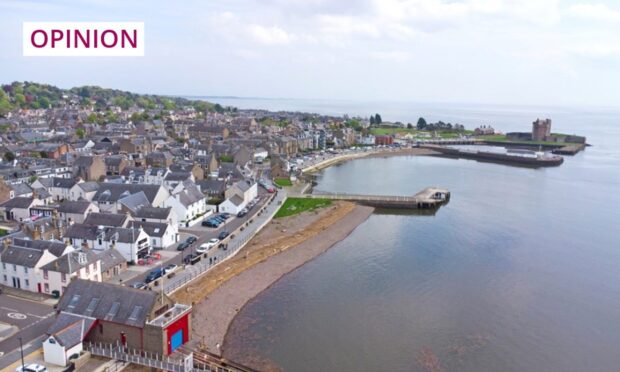
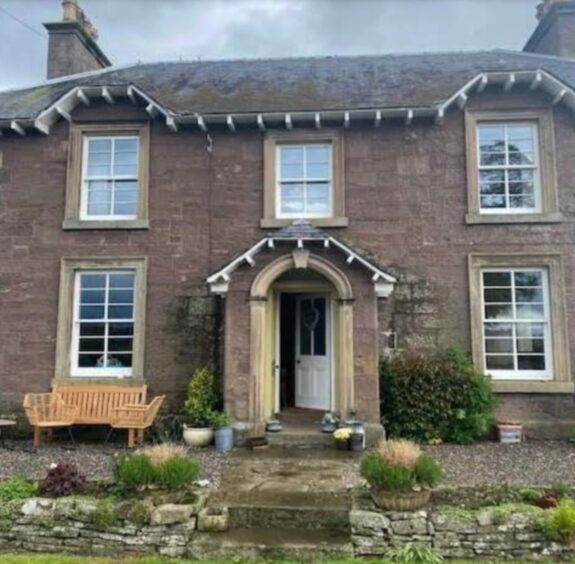
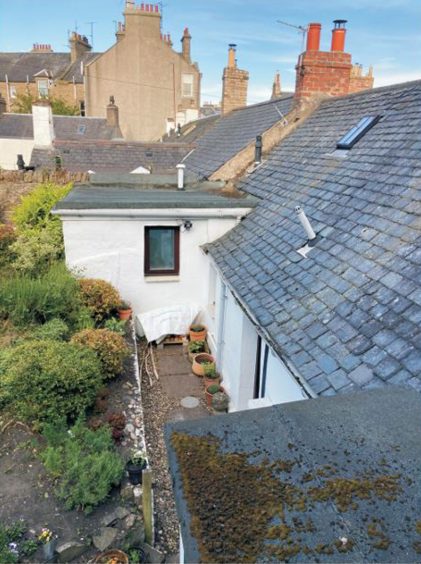
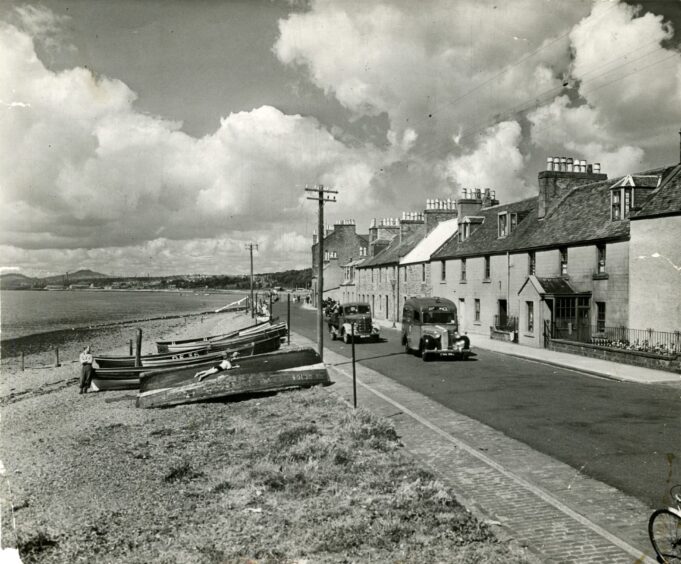










Conversation